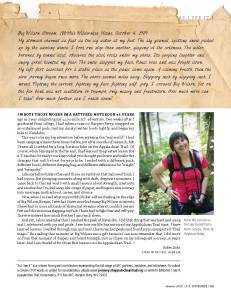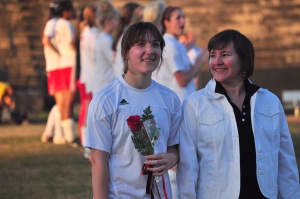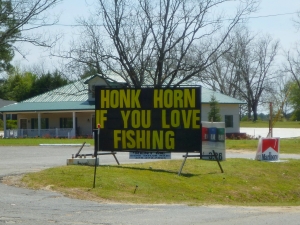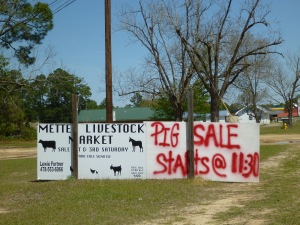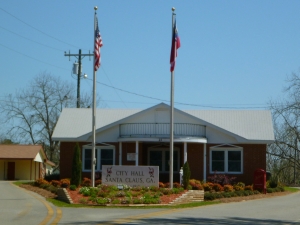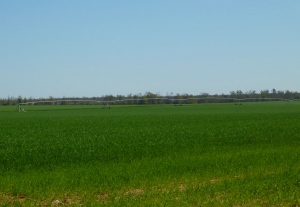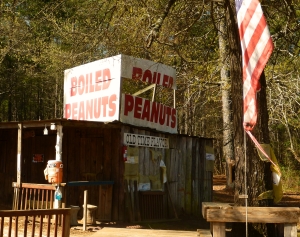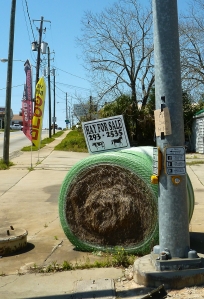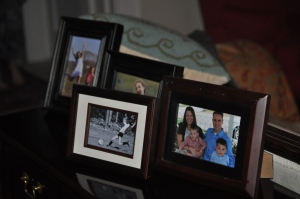The picture stopped me cold like a sudden New England wind.
I couldn’t watch the Boston Marathon this year, but I listened to it from an online stream of a local radio station. I could hear the crowds and could feel the thrill in the announcers’ voices. Afterward, I visited a running website and watched videos and read articles to capture the spirit of the day. I felt the joy and the fun, until one picture popped up in a review of social media from the day, and I hit the wall.
For runners, even those of us not marathoners, Boston is magical, like some fairytale of tradition, sweat, pain and persistence. Of course, since tragedy struck in 2013, Boston is even more hallowed and more honored.
For me, the 2013 race is two tragedies. For it was that year that my brother, Hunter, was running his last marathon. When he was diagnosed with a rare, aggressive form of cancer in the fall of 2012, he began a blog called, “It’s Not A Sprint” in which he documented his journey with candor and humor just like he did everything else, using running as a metaphor because it was part of who he was, as much of his identity as his walk or his name.
It was something we shared, along with dark eyes and dark hair. We both found pounding feet and sweating bodies to be cleansing, and both liked setting goals and pushing ourselves, just to see what we could do. He moved from 5K races in high school to marathons and half marathons while I struggled with injuries that stopped my running for a long while.
He had been training for a half marathon when the pain in his leg appeared, except it wasn’t an injury but instead a sarcoma that would eventually mean he would lose his leg from the knee down. By January, he was working to adapt himself to a prosthetic, even while going through intense chemotherapy. Seeing him out of bed and standing felt hopeful.
That spring I ran my first 5K in 20 years and held Hunter in my heart the whole way, especially while slogging up some nasty hills. Later I told him I was running for him and he told me that during those years I couldn’t run, he sometimes felt he was running for me. That took my breath away.
And then came April and Boston and bombs.
One of us called the other one fairly soon that day though we couldn’t really say much. We talked about what we would have done if we had been on Bolyston Street when the blasts came, and we both sheepishly admitted we probably would have kept running since the finish line was so close. He hurt for those who had lost limbs, and we both mourned the lost innocence of our sport now marred by violence.
When June came and talk of hospice care was in the air, Hunter began looking for ways to donate his prosthetic as he realized he would not be needing it. He especially was hoping he could help one of the Boston victims. From his bed, he researched and planned. He looked for ways to finish his Ph. D and searched for someone who needed his prosthetic. In those quiet times between visits with family and friends, we talked about running and we talked about Boston.
He crossed his final finish line in August, pushing himself as hard as he could those last miles. I ran and ran in those days before and after the funeral, trying to ease the pain with searing lungs and aching legs, but found no amount of running hurt takes away the real hurt.
And now Boston has more meaning to me as a runner and a sister.
So, I listened and watched and read last week to soak it all in. And then, the picture appeared. It was part of a tweet from well known running figure, Bart Yasso, showing a man running with an American flag. The flag obscures his face and upper body, and all you can see are his leg and his prosthetic blade. My first thought was ‘that could be Hunter.’
Hunter comes to those of us in this changed family in a myriad of ways that suits each of us best. My sister in law hears him in certain songs on the radio. My daughter feels him during chemistry tests, and my mother and I see him in hawks, swooping low or calling raucously. More than once I have heard a hawk during a run or a race, and I feel he is extorting me to dig a little deeper and not give in.
I think he came to me on this special Monday in Spring. He came to me on a day where the joy and fun of running is mirrored with memories of his laugh and positive spirit and kind eyes. He came because we share this day and now I do it here on Earth alone.
These are the lessons of Death – that Life continues. Sisters and mothers and wives and sons continue to grow and live. Runners keep running. Amputees learn to race. Families remember and watch for those moments when their loved one comes to visit. And we lean into those visits with a unique mix of joy and grief that is much like crossing a finish line after your body stopped working some miles back and you kept going anyway with sheer grit and grace.
For this runner, for this day, I am grateful. I am grateful for the race and for the picture and most of all, for the visit.
#bostonstrong
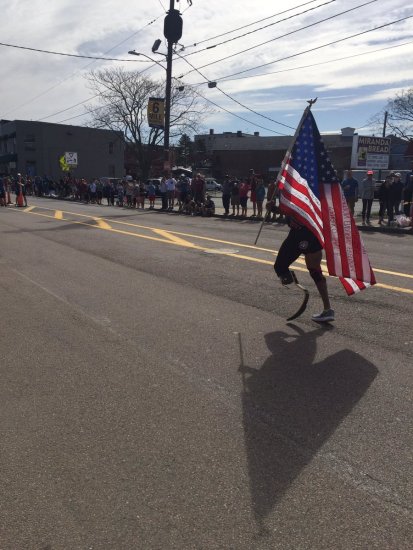
Photo By Bart Yasso, used with permission
